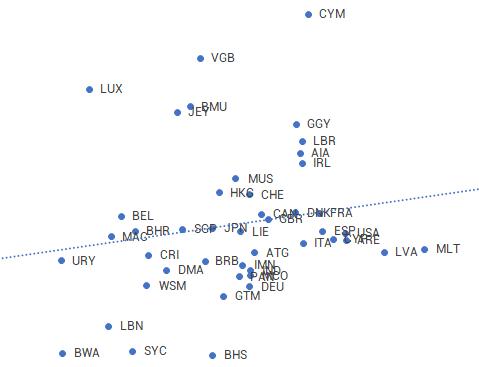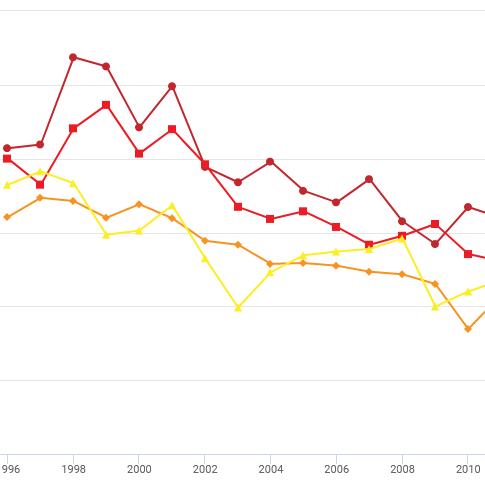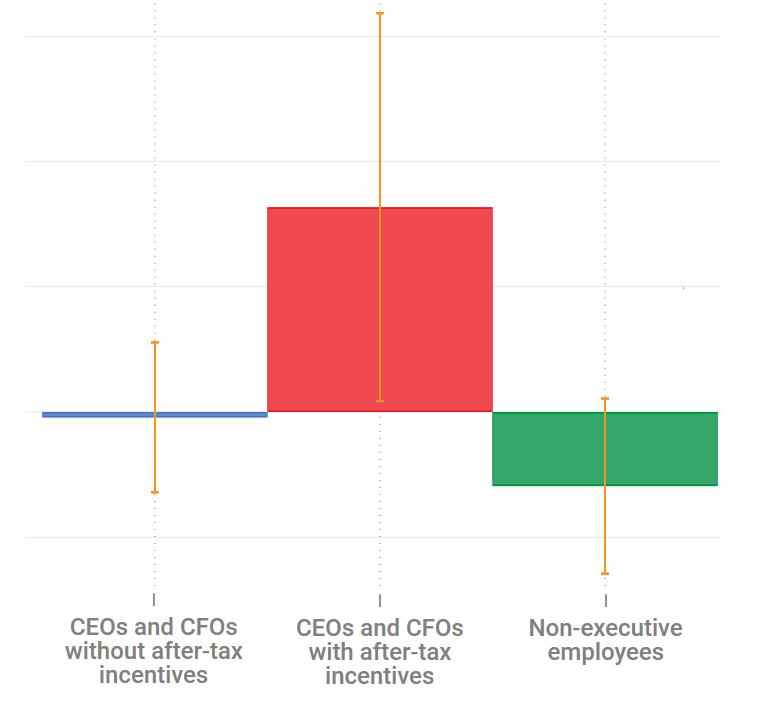Explorateur des rapports pays par pays publiques
Corporate profit shifting and the role of tax havens: Evidence from German country-by-country reporting data
Summary
Fuest, Hugger, and Neumeier investigate corporate tax avoidance by German multinational enterprises (MNEs) using confidential data from their individual country-by-country (CbC) reports. CbC reporting was introduced as part of the OECD’s Base Erosion and Profit-Shifting (BEPS) program and requires all MNEs with a consolidated group revenue above 750 million EUR to report tax payments, pretax profits, and indicators of economic activity aggregated for each tax jurisdiction in which they operate.
This new data allows the researchers to explore the tax-haven links of MNEs headquartered in Germany and to estimate the amount of profits shifted out of Germany. They also compare the CbC data to Orbis data frequently used in tax avoidance research and confirm the relatively poor coverage of Orbis data especially in tax havens: Orbis covers only 26% of German MNEs’ affiliates and 37% of their profits in European tax havens and does not include profits in non-European tax havens at all.
The CbC data reveals that 82% of the sample MNEs have affiliates in tax havens and that the overall share of their global profits reported in tax havens amounts to 9%. Regression analyses suggest that MNEs report more profits in countries with relatively lower effective corporate tax rates and that part of these profits cannot be explained by real economic activity, country size, or other control variables: A one percentage point increase in the effective average tax rate is associated with a decrease of profits by 0.5%. This might be indication of profit shifting but the estimate is relatively small in magnitude compared to other studies. The results suggest that MNEs headquartered in Germany shift only 4% of their profits reported in Germany to tax havens which would translate into annual tax revenue losses of EUR 1.6 billion.
Key results
- Large MNEs headquartered in Germany shift approximately EUR 5.4 billion of profits per year out of Germany to tax havens, corresponding to 4.3% of their total profits reported in Germany.
- In addition, they shift approximately, EUR 3.8 billion of profits out of other non-haven countries to tax havens which corresponds to 3% of total reported profits in other countries.
- The estimated annual tax revenue loss in Germany is EUR 1.6 billion.
- European tax havens appear to be far more important for German MNEs than tax havens outside of Europe: approximately 87% of all tax-haven profits are booked in European tax havens.
Data
This paper relies on new data from country-by-country (CbC) reports filed by large German MNEs for the years 2016 and 2017. CbCRs provide data on the global distribution of MNEs’ taxes, profits, sales, employees, assets, related and unrelated party revenues, and other variables. The information is aggregated at the level of the tax jurisdictions where MNEs operate, and not at the subsidiary level.
While most studies on profit shifting have used the Orbis database provided by Bureau van Dijk and based on public business registries, the authors demonstrate that CbCRs provide a far better coverage of MNEs activity.
Methodology
The authors provide descriptive statistics such as the return to tangible assets, profitability per employee, and effective tax rates of German MNEs across three country groups: countries not considered tax havens (including Germany), European tax havens, and non-European tax havens.
They estimate the tax semi-elasticity of profits using two different dependent variables: profits before taxes and intra-firm revenues in each jurisdiction where a MNE is present. Intra-firm revenues are relevant here as they capture royalty and interest payments. They use effective average tax rates and statutory rates as independent variables. As the sample covers only two years, the regression relies mainly on cross-sectional variation and includes no country fixed effects.
Go to the article
This research article was published in the Journal of Economic Behavior & Organization 194(2022). Go to the journal’s website.
A working paper version can be downloaded from the website of CESifo.
This might also interest you
Hide-seek-hide? The effects of financial secrecy on cross-border financial assets
Tax deficits and the income shifting of U.S. multinationals
Profit shifting, employee pay, and inequalities: evidence from US-listed companies


